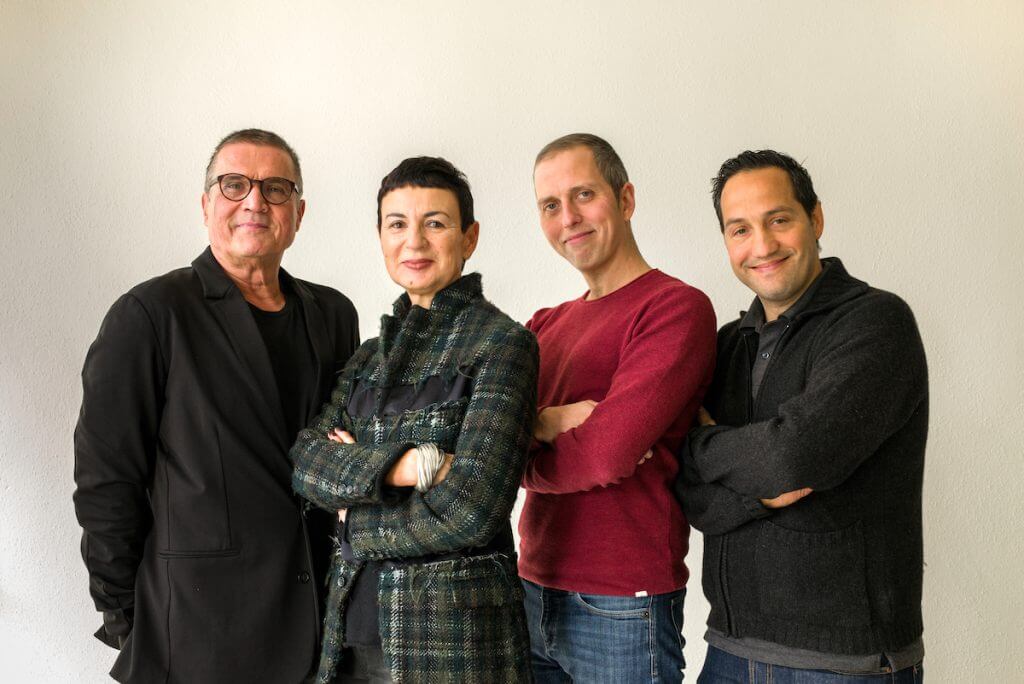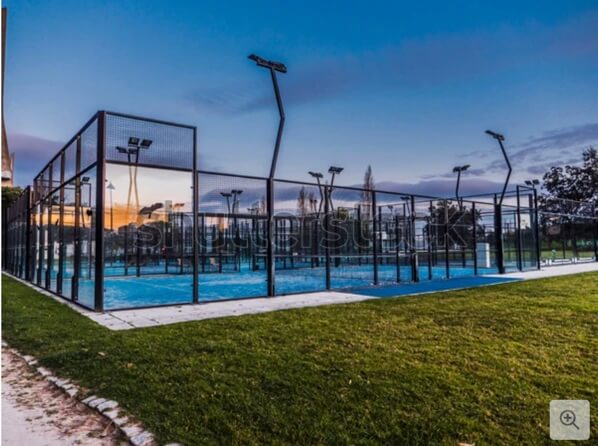
Send us your request - we will get back to you as soon as possible.




The counting method is as in tennis, with one exception. The sequence of points is 15, 30, 40 and with the fourth point the match is won when this happens with an advantage of two points. From the third point onwards, i.e., 40, a tie is only called "advantage" and "tie". The team winning a point in advantage wins the match. A set is won by the team that first wins six matches with an advantage of two matches. Thus, if there is a tie of five matches, the match must be continued until seven to five. If there is a tie of six matches, a tie-break is played, as in tennis, if this has been agreed beforehand. Otherwise, the match is played until one team has an advantage of two won matches. In padel, generally at 6:6, only a tie-break is played. In the tie-break, the team and the player who would have served if the match would have continued in a normal manner shall serve. The tie-break is won by the team that first scores seven points with a two-point advantage or, if the number of points is higher than seven, a two-point advantage. In the tie-break, the teams switch sides of the court after six points are played. Den Tie-Break gewinnt die Mannschaft, die zuerst sieben Punkte mit zwei Punkten Vorteil bzw. bei höheren Punktzahlen als sieben, einen Vorteil von zwei Punkten erspielt. Die Mannschaften tauschen im Tie-Break nach jeweils sechs gespielten Punkten die Spielfeldseite.
Winners of the draws choose between the right to serve and the side of the court. The player may only serve from behind the service line, i.e., from the 3 metres wide area between the front wall and the service line. The service must be carried out as an underhand serve below the hips. Furthermore, neither the service field nor the service line may be touched with the feet. Apart from normal necessary small movements with the feet, neither walking, running nor jumping is allowed. After the service, the ball must bounce in the diagonally opposite opponent's service court without touching the ground in the court of the serving team or the edge of the net. After bouncing, the ball must not touch the fence forming the edge of the court, but it may touch the walls. Among the toughest services are those that bounce in the far corner of the service area and then continue to bounce flat against the side wall. On courts where, due to the construction, its corner of the side wall overlaps the fence, there are two possibilities for the service when the ball hits exactly this corner: Either the ball bounces in the direction of the receiving player and play continues normally. Or it bounces back in the direction of the serving team. In this case the service is invalid and is repeated without a loss for the first or second service. The team with the right to serve changes sides in its court after each service, so that the service is always carried out once from the right and then from the left side. Both teams switch courts when the sum of matches reaches an odd number. If this change is forgotten, it should be corrected immediately when noticed. The maximum time of rest when changing the playing fields is 90 seconds.
Two consecutive failed services result in the loss of the point. The failure to perform the service, such as missing the ball, or hitting the ball incorrectly will result in the loss of a point. If the ball does not land in the correct diagonally opposite service area, the point is lost. Maximum pause length until the next service after the end of the last ball change is 25 seconds. After each service, the ball must first touch the ground on the opponent's side of the court before touching the back wall or fence. This does not include prior touching the edge of the net. The ball must touch the ground on one side of the court only once. If the ball cannot be returned after the second ground contact on the same side, this is a scoring point for the team having hit the ball. If the ball is hit by a teammate, this results in a loss of points. The net and the net posts must not be touched with the racket or by players including carried objects while a match is in progress. Volleying of a ball that has not yet passed the net is invalid.
The team returning the service must designate one of its players to return the first service of each match of the set until the end of this match. Thereafter, this can be newly decided. The return of service shall be performed alternately by the players of the team not serving. This order may not be changed during the whole set. The change of service side is only carried out by the serving team after each service. The second service after an error in the first is always executed from the same service side as the first one. If the order is confused, the incorrect order shall continue to be followed in the match in which the error occurs or in which the error is noticed, and in the following match the order originally decided for that set shall be resumed.
When the ball touches the net at the time of service and does not thereafter touch the fence before the second contact in the opponent's court. When the ball, after touching the net or the net posts in case they stick out into the court, touches an opposing player, including objects the player is wearing, such as his cap or racket. When the opponent was not ready. If the net is also touched on the repeated second service, the serving player has only one further attempt.
The counting method is as in tennis, with one exception. The sequence of points is 15, 30, 40 and with the fourth point the match is won when this happens with an advantage of two points. From the third point onwards, i.e., 40, a tie is only called "advantage" and "tie". The team winning a point in advantage wins the match. A set is won by the team that first wins six matches with an advantage of two matches. Thus, if there is a tie of five matches, the match must be continued until seven to five. If there is a tie of six matches, a tie-break is played, as in tennis, if this has been agreed beforehand. Otherwise, the match is played until one team has an advantage of two won matches. In padel, generally at 6:6, only a tie-break is played. In the tie-break, the team and the player who would have served if the match would have continued in a normal manner shall serve. The tie-break is won by the team that first scores seven points with a two-point advantage or, if the number of points is higher than seven, a two-point advantage. In the tie-break, the teams switch sides of the court after six points are played. Den Tie-Break gewinnt die Mannschaft, die zuerst sieben Punkte mit zwei Punkten Vorteil bzw. bei höheren Punktzahlen als sieben, einen Vorteil von zwei Punkten erspielt. Die Mannschaften tauschen im Tie-Break nach jeweils sechs gespielten Punkten die Spielfeldseite.


